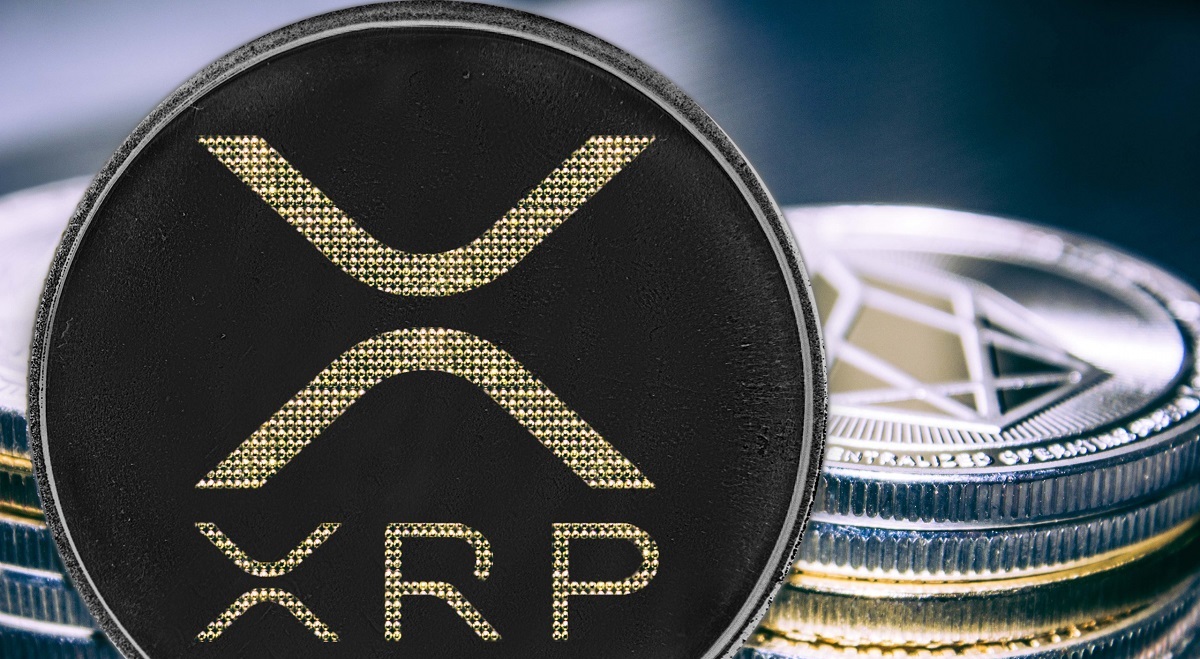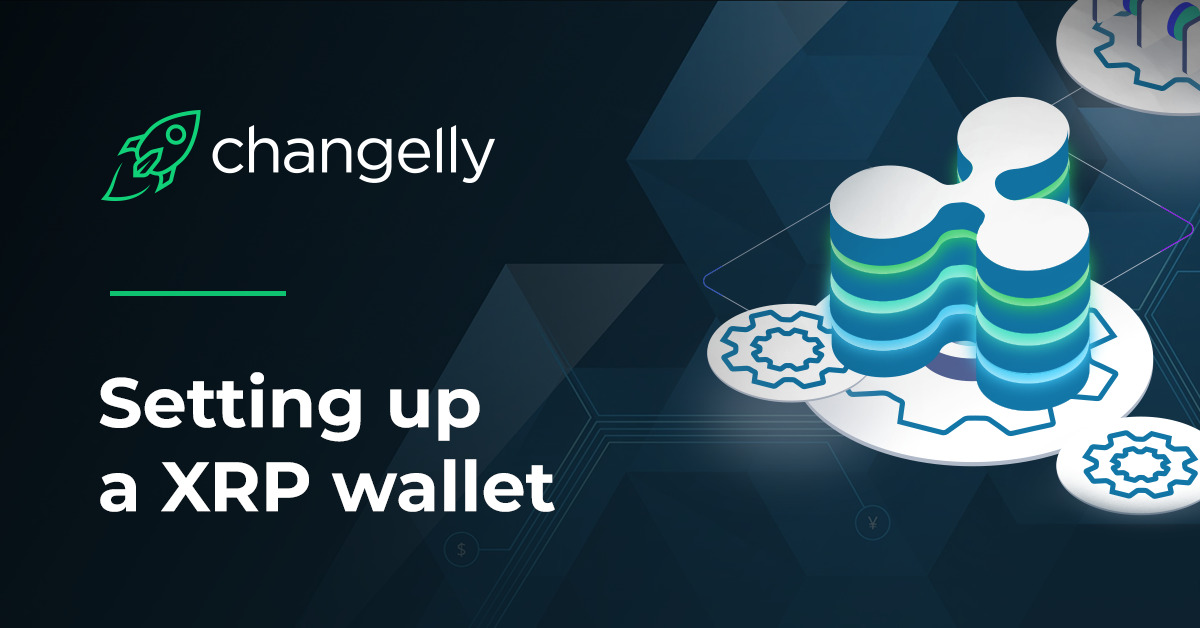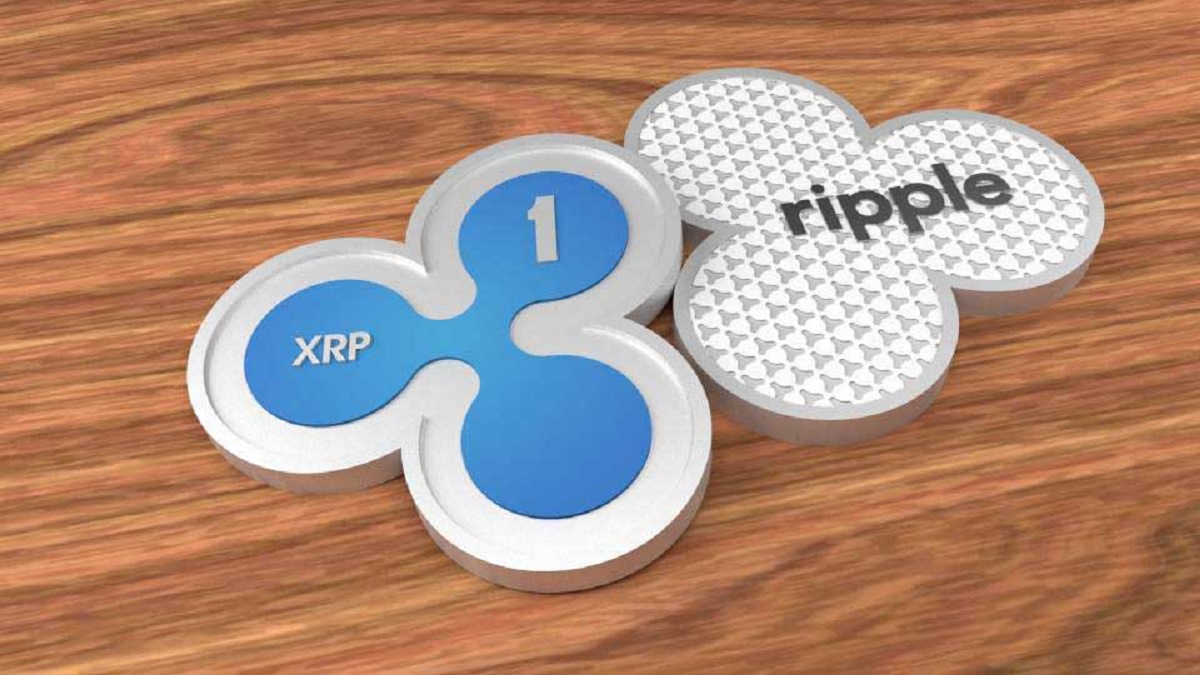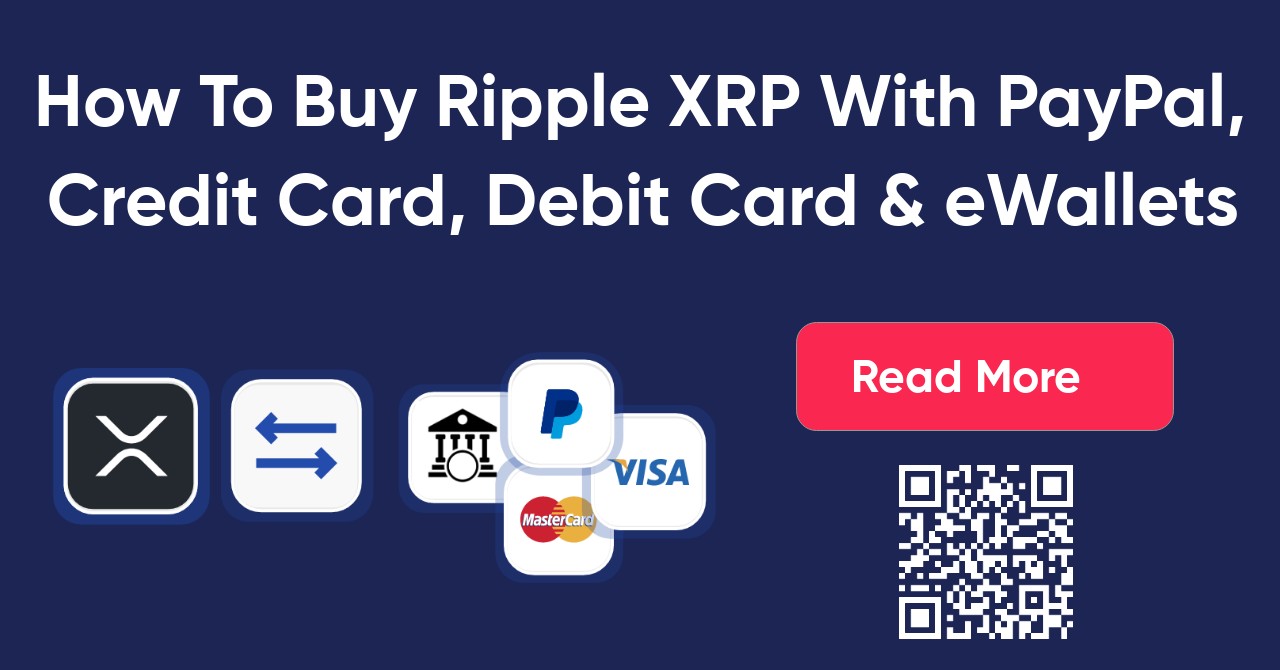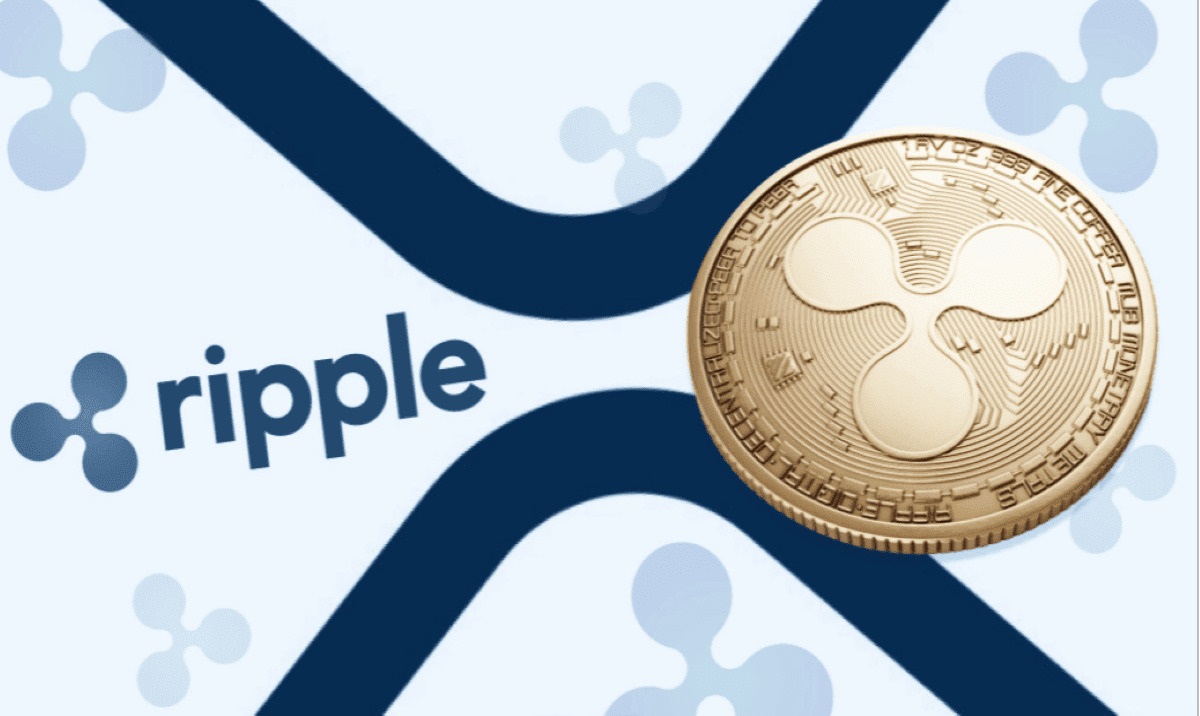What Is Ripple Digital Currency
Ripple is a digital currency and payment protocol designed to facilitate fast, low-cost international money transfers. It was created in 2012 by Ripple Labs, with the goal of revolutionizing the traditional banking system by providing an efficient and secure way to send and receive money globally. Unlike traditional currencies and other digital currencies like Bitcoin, Ripple’s main focus is on facilitating the transfer of funds.
Ripple operates on a decentralized network known as the RippleNet, which is powered by a consensus algorithm called the XRP Ledger. The XRP Ledger is a distributed open-source blockchain technology that enables fast and reliable transactions. It has a native digital asset called XRP, which serves as a bridge currency for transferring value between different fiat currencies.
One of the key features that sets Ripple apart from other digital currencies is its ability to settle transactions in real-time. This means that funds can be transferred and received in a matter of seconds, as opposed to days with traditional banking systems. This speed is achieved through Ripple’s consensus mechanism, which allows for quicker confirmation and validation of transactions.
Ripple also offers cost-effectiveness in cross-border transactions. Traditional payment systems typically involve a series of intermediaries, each charging their own fees, resulting in high transaction costs. In contrast, Ripple eliminates the need for middlemen by directly connecting banks and financial institutions on its network. This direct connection minimizes transaction fees, making it a cost-effective solution for international transfers.
Another notable feature of Ripple is its focus on scalability. The XRP Ledger has the capability to handle a high volume of transactions per second, making it suitable for global transactions. This scalability ensures that the network can accommodate the growing demand for fast and secure payments, making Ripple a viable solution for both individuals and businesses.
Overall, Ripple digital currency is unique in its purpose and features. While other cryptocurrencies like Bitcoin aim to be decentralized digital currencies, Ripple focuses on providing a seamless payment solution within the current financial system. Its emphasis on speed, cost-effectiveness, and scalability has positioned it as a viable alternative for cross-border transactions, attracting the attention of financial institutions globally.
Ripple’s Unique Features
Ripple digital currency stands out in the cryptocurrency market with its unique set of features and capabilities. Here are some of the key aspects that make Ripple distinct:
- Globally-Connected Payment Network: Ripple operates on a decentralized network called RippleNet, which connects banks and financial institutions worldwide. This global network enables quick and seamless money transfers across borders, regardless of the geographical location of the participants.
- Real-Time Settlement: Unlike many traditional payment systems that require days for funds to settle, Ripple offers real-time settlement. Transactions made through Ripple are confirmed and validated within seconds, allowing for immediate availability of funds to the receiver. This feature is especially useful for time-sensitive transactions and international remittances.
- Liquidity Solution: Ripple’s native digital asset, XRP, serves as a bridge currency to facilitate the exchange of value between different fiat currencies. By using XRP as a liquidity solution, Ripple allows for quick and cost-effective transfers between different currencies. This eliminates the need for multiple intermediaries and reduces transaction costs significantly.
- Low Transaction Fees: Ripple’s payment protocol is designed to minimize transaction fees, making it an attractive option for individuals and businesses alike. By eliminating intermediaries and directly connecting financial institutions, Ripple keeps fees low, ensuring that more value is retained during the transaction process.
- Scalability: Ripple’s technology is built to handle a high volume of transactions per second, making it highly scalable. This scalability ensures that the Ripple network can accommodate growing demand and serve a large number of users without experiencing delays or congestion.
Ripple’s unique features collectively contribute to its mission of revolutionizing the traditional banking system. By offering a globally-connected and efficient payment network, real-time settlement, low transaction fees, and high scalability, Ripple has positioned itself as a viable solution for international money transfers and cross-border transactions.
Centralized vs. Decentralized
Ripple’s digital currency and payment protocol raise an important debate in the world of cryptocurrencies: the concept of centralization versus decentralization. While many cryptocurrencies, like Bitcoin, aim for decentralization, Ripple takes a slightly different approach. Here’s a closer look at the centralization and decentralization aspects of Ripple:
Centralized Structure: Ripple operates on a more centralized model compared to some other cryptocurrencies. Ripple Labs, the company behind Ripple, plays a significant role in the management and development of the network. This approach allows Ripple to work closely with financial institutions and comply with existing regulations, making it more appealing to traditional financial players.
However, it’s important to note that although Ripple Labs has control over certain aspects of the network, it cannot control the entire blockchain or manipulate transactions. The XRP Ledger, which powers Ripple, operates on a decentralized network maintained by a community of independent validators. This helps to maintain the integrity and security of the system.
Benefits of a Centralized Approach: Ripple’s centralized structure brings certain advantages. The company and its team can quickly implement new features and upgrades, ensuring the network remains efficient and reliable. Additionally, Ripple’s partnerships with banks and financial institutions are easier to establish and maintain due to its centralized approach.
Decentralization to Some Degree: While Ripple is somewhat centralized in its operations, it does exhibit elements of decentralization. The XRP Ledger, as mentioned earlier, is maintained by a network of independent validators rather than a single entity. These validators are responsible for verifying and confirming transactions, ensuring the security and integrity of the network.
The decentralized nature of the XRP Ledger serves as a security measure, as no single entity can control or manipulate the ledger. Furthermore, Ripple allows anyone to operate as a validator, promoting decentralization within its network.
It is crucial to understand that the choice between centralization and decentralization involves trade-offs. While some may argue that full decentralization aligns with the ethos of cryptocurrencies, Ripple’s approach has enabled it to gain traction in the financial industry and establish partnerships with major players.
Ripple’s unique position as a hybrid between centralization and decentralization is further solidified by its goal of integrating with existing financial systems. It aims to bridge the gap between traditional banking and the blockchain technology, providing efficient solutions for cross-border payments.
Key Differences from Other Cryptocurrencies
Ripple digital currency sets itself apart from other cryptocurrencies in several significant ways. Here are the key differences that distinguish Ripple from its counterparts:
- Focus on Payments: While many cryptocurrencies, like Bitcoin and Ethereum, serve as digital currencies and platforms for various applications, Ripple places a primary emphasis on facilitating global payments. Its goal is to streamline cross-border transactions and provide a seamless payment experience within the traditional banking system.
- Centralized Structure: Unlike most cryptocurrencies that strive for full decentralization, Ripple operates on a more centralized model. Ripple Labs, the company behind Ripple, plays a key role in the management and development of the network. This centralized approach enables Ripple to work closely with financial institutions and comply with regulatory requirements.
- Real-Time Settlement: Unlike traditional banking systems and many other cryptocurrencies, Ripple enables real-time settlement of transactions. This means that funds can be transferred and received within seconds, rather than waiting several business days for clearance. This swift settlement time makes Ripple an attractive option for time-sensitive payments.
- Low Transaction Fees: Ripple boasts low transaction fees compared to traditional banking systems and some other cryptocurrencies. By eliminating intermediaries and directly connecting financial institutions, Ripple effectively reduces the costs associated with cross-border payments. This cost-effectiveness makes it an appealing solution for individuals and businesses conducting international transactions.
- Partnerships with Financial Institutions: While many cryptocurrencies aim to disrupt the traditional banking system, Ripple actively seeks partnerships with financial institutions worldwide. Its focus on integrating with established financial systems has helped it gain credibility and widespread adoption. Ripple’s partnerships enable its digital currency to be used within existing banking infrastructure, bridging the gap between traditional finance and blockchain technology.
These key differences position Ripple as a unique player in the cryptocurrency market. While it may not adhere to the fully decentralized ideals of some cryptocurrencies, its focus on payments, real-time settlement, low transaction fees, and collaboration with financial institutions have attracted attention and usage within the global financial industry.
Ripple’s Use in the Financial Industry
Ripple digital currency has been making significant strides in the financial industry, offering innovative solutions that address common challenges faced in cross-border transactions. Here’s how Ripple is being used in the financial sector:
Efficient Cross-Border Payments: Ripple’s technology enables fast and cost-effective cross-border payments. Financial institutions can leverage RippleNet, the network powered by Ripple, to facilitate seamless and near-instantaneous transfers of funds. By connecting to RippleNet, these institutions gain access to a network of participants, allowing them to bypass traditional correspondent banking relationships and reduce the associated costs and delays.
Liquidity Solutions: Ripple’s native digital asset, XRP, serves as a bridge currency that enables liquidity between different fiat currencies. Financial institutions can leverage XRP to facilitate rapid and cost-effective transactions by minimizing the need for multiple intermediaries and reducing foreign exchange costs. This liquidity solution provided by Ripple has the potential to transform the way money moves globally.
Remittance Services: Ripple’s technology has been particularly beneficial in the remittance industry, where individuals send money across borders to support their families and loved ones. By using Ripple, remittance service providers can offer faster, more cost-effective, and reliable money transfer services to their customers. This not only enables financial inclusivity but also allows for significant cost savings for both service providers and end-users.
Enhanced Security and Transparency: Ripple’s blockchain-based technology provides enhanced security and transparency compared to traditional payment systems. Transactions on the XRP Ledger are cryptographically secured, and the immutable nature of blockchain ensures transparency and accountability. This increased security and transparency provide confidence to financial institutions and customers when conducting cross-border transactions.
Streamlined Settlements: Ripple’s real-time settlement capability helps financial institutions reduce settlement risks and costs. With instant settlement, banks can have greater certainty on the availability of funds, eliminating the need for pre-funding or maintaining large nostro accounts. This streamlined settlement process allows for increased efficiency and liquidity management for financial institutions.
Overall, Ripple’s presence in the financial industry is gaining momentum as more institutions recognize the value it brings to cross-border transactions. Through its efficient payment solutions, liquidity offerings, remittance services, enhanced security, and streamlined settlements, Ripple is revolutionizing the way money moves globally and contributing to the evolution of the financial industry.
Ripple’s Partnerships and Integration with Traditional Banking Systems
Ripple has forged numerous partnerships with major financial institutions, showcasing its commitment to integrating with traditional banking systems. These collaborations have helped Ripple gain traction in the financial industry and expand its reach globally. Here are some notable partnerships and examples of integration:
Santander: Ripple partnered with Santander, one of the largest banks in Europe, to launch the first mobile app for cross-border payments using Ripple’s technology. The app, known as One Pay FX, allows Santander customers to transfer funds internationally in a fast and secure manner. This partnership demonstrates how Ripple is seamlessly integrating its technology into existing banking infrastructure.
American Express: American Express has also joined forces with Ripple to explore the use of blockchain technology for faster and more transparent cross-border payments. The partnership aims to enhance American Express’ transaction speeds and improve customer experience by leveraging Ripple’s solutions.
National Bank of Egypt: In a strategic collaboration, the National Bank of Egypt (NBE) partnered with Ripple to connect with the RippleNet network. This partnership enables NBE to offer its customers faster and more cost-effective international remittances, improving the accessibility and efficiency of cross-border payments for individuals and businesses in Egypt.
Standard Chartered: Ripple has teamed up with Standard Chartered to pilot a real-time cross-border payment solution in collaboration with the Monetary Authority of Singapore. This initiative aims to explore how Ripple’s technology can enhance payment efficiency and accessibility for banks in the Asia-Pacific region.
Integration with Azimo and MoneyGram: Ripple has integrated its technology with money transfer service providers like Azimo and MoneyGram. These integrations enable these companies to leverage Ripple’s network and solutions to provide faster and more cost-effective remittance services to their customers.
These partnerships and integration efforts highlight Ripple’s commitment to collaborating with traditional financial institutions. Ripple understands the importance of working with existing systems to drive widespread adoption and offer improved solutions for cross-border payments.
By integrating with traditional banking systems, Ripple not only enables financial institutions to leverage its payment solutions but also provides an avenue for the traditional financial industry to tap into the potential of blockchain technology. Through strategic collaborations and seamless integration, Ripple continues to reshape the global financial landscape and bridge the gap between traditional finance and the advantages offered by cryptocurrencies.
Potential Benefits and Risks of Investing in Ripple
Investing in Ripple digital currency can offer potential benefits, but it’s essential to consider the associated risks. Here are the potential benefits and risks to consider when investing in Ripple:
Benefits:
- Growing Adoption: Ripple has gained significant adoption among financial institutions and payment service providers, positioning it as a viable option for cross-border transactions. As adoption continues to grow, the demand for Ripple and its native digital asset XRP may increase, potentially leading to price appreciation.
- Efficient Cross-Border Payments: Ripple offers a faster and more cost-effective solution for cross-border payments compared to traditional banking systems. As more financial institutions integrate with Ripple’s network, the efficiency and convenience of using Ripple for transactions may attract more users, driving demand for XRP.
- Partnerships with Financial Institutions: Ripple’s partnerships with major financial institutions provide a level of legitimacy and validation to its technology. These collaborations open up avenues for Ripple’s integration into existing financial systems, potentially increasing its adoption and utility in the long term.
- Technical Advancements: Ripple continues to innovate and enhance its technology to address scalability and security concerns. Technical advancements like the implementation of the XRP Ledger and the Interledger Protocol demonstrate Ripple’s commitment to improving its infrastructure, which could potentially result in increased confidence from investors.
Risks:
- Regulatory Uncertainty: The regulatory environment surrounding cryptocurrencies is still evolving. Changes in regulations or unfavorable regulatory actions could impact the viability and value of Ripple. Investors should closely monitor regulatory developments to assess the potential risks associated with Ripple.
- Market Volatility: Like other cryptocurrencies, Ripple is subject to market volatility. The value of Ripple’s digital asset XRP can experience significant fluctuations in short periods. Investors should be prepared for potential price volatility and consider their risk tolerance when investing in Ripple.
- Competition: Ripple operates in a competitive landscape with other digital currencies and payment solutions targeting cross-border transactions. Market competition and the emergence of new technologies or platforms may impact Ripple’s market share and potentially affect the value of its digital asset.
- Security Concerns: While Ripple’s technology offers enhanced security features, no system is entirely immune to security threats or vulnerabilities. Investors should be aware of the potential risks associated with cybersecurity and take appropriate measures to protect their investments.
It is important for investors to conduct thorough research, assess their investment goals, and seek professional advice before investing in Ripple or any other digital currency. Understanding the potential benefits and risks involved will help investors make informed decisions and manage their investments effectively.
Conclusion
Ripple digital currency has emerged as a unique player in the financial industry, offering innovative solutions for cross-border payments and remittances. With its focus on efficiency, speed, and cost-effectiveness, Ripple has gained adoption among financial institutions worldwide.
By providing real-time settlement, low transaction fees, and strategic partnerships with major banks and payment service providers, Ripple has positioned itself as a viable alternative for international money transfers. Its integration with traditional banking systems has bridged the gap between traditional finance and the advantages of blockchain technology.
Investing in Ripple offers potential benefits, such as the growing adoption of Ripple’s technology, efficient cross-border payments, and partnerships with financial institutions. However, it is important to consider the associated risks, including regulatory uncertainty, market volatility, competition, and security concerns.
As Ripple continues to innovate and enhance its technology, it is expected to further revolutionize the way funds are transferred globally. The ongoing developments in Ripple’s ecosystem, along with its expanding network and partnerships, may impact its value and potential for investors.
Investors considering Ripple should carefully weigh the potential benefits against the risks, conduct comprehensive research, and seek professional advice before making investment decisions.
In conclusion, Ripple’s digital currency and payment protocol have the potential to shape the future of cross-border transactions. Its focus on efficiency, partnerships with financial institutions, and commitment to revolutionize the traditional banking system make it an intriguing option for individuals and businesses venturing into the world of digital currencies.







